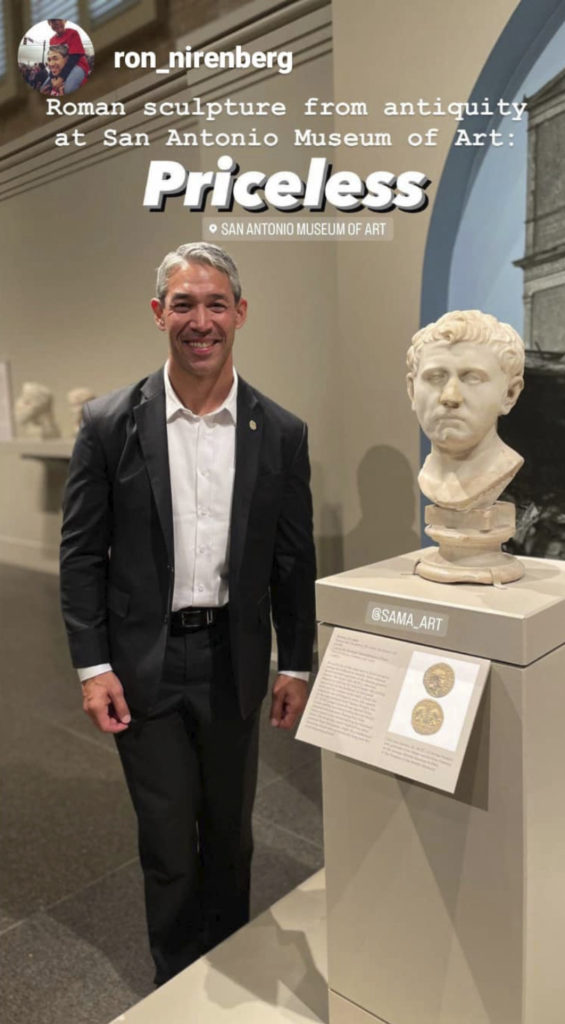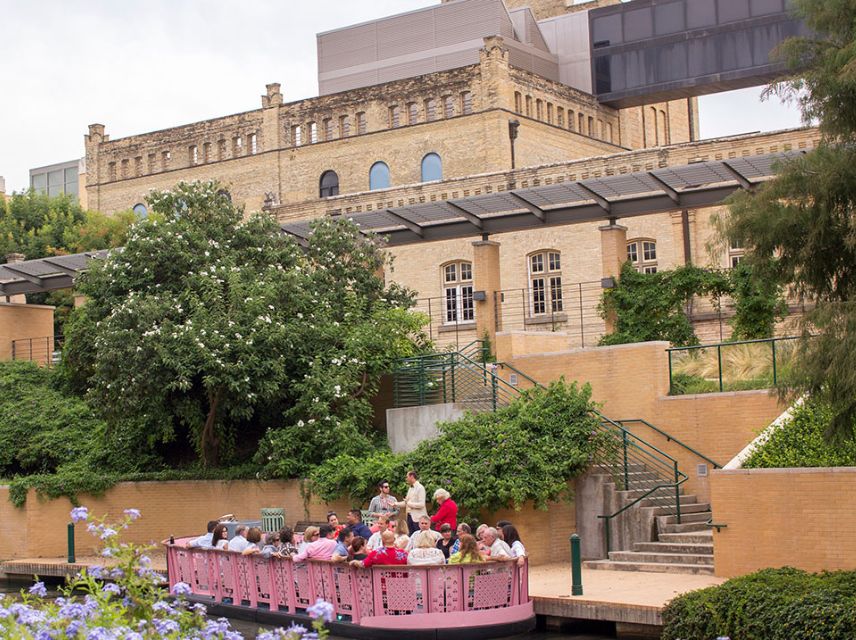Ancient Roman Sculpture will soon go Home
By JASMINA WELLINGHOFF, Editor
You may remember the lively press coverage from last year about a woman who bought a sculpture at a Goodwill store in Austin only to find out subsequently that her find was a sculpture that dates back to Roman time.

The lucky shopper and art collector, Laura Young, found the bust under a table in the busy store and purchased it for $34.99. She must have suspected that the item was valuable because she reached out to auction houses to see if they had any information about it. According to Lynley McAlpine, a postdoctoral Curatorial Fellow at the San Antonio Museum of art, a Sotheby consultant recognized the work from old photos taken at the German museum called the Pompejanum in Aschaffenburg, Bavaria. The photos were taken in the 1930s. The sculpture pretty much disappeared after that.
“Ms. Young contacted archaeologists and art historians at UT Austin, and they copied the messages to our curator, Jessica Powers,” said McAlpine,” in an email response to our questions.
She and Powers eventually got to see the sculpture at UT in the fall of 2018, and then again at Young’s house. “Everyone agreed that the artwork should be returned to Germany,” noted McAlpine. Arrangements were made but the Bavarian Administration of State-Owned Palaces, Gardens and Lakes “generously agreed to loan the portrait to SAMA for one year, so that Texas audiences could have a chance to see it.”
And they did. The story of a historic treasure purchased for $35 at a Goodwill store captured the imagination of many here and well beyond Texas.
“We had a lot of local as well as out-of-state visitors come to the museum to see the portrait,” noted McAlpine. “We also had a large number of school groups visit to learn about it.”

Mayor Ron Nirenberg visited, while Lark Mason of Antiques Roadshow posted photos of himself with the bust, on social media. In addition, an Austrian archduke visited as well as the deputy consul, Michael Ott, of the German Consulate in Houston. The public’s curiosity exceeded SAMA’s expectations.
Though the bust’s provenance is ancient Rome, the sculpture ended up in the hands of Bavarian King, Ludwig I, until the changing winds of history placed it in the German state collection.
As to who is depicted in the sculpture, there’s no certainty. It could be the son of Pompey the Great, who fought a civil war against Julius Cesar, or it could be Roman commander Drusus, brother of Germanicus. SAMA’s Powers and her team will help identify the man.
“It was called Drusus in the 19th century, but that may be just because they wanted it to be a member of the imperial family,” said McAlpine. “We have lots of surviving portraits of both Drusus and Germanicus, and they do not resemble this man. I, along with other scholars who worked from photographs after the portrait’s disappearance, have suggested Sextus Pompey, based on similarities to portraits of his father, Pompey the Great, and to a gold coin that was included on SAMA’s label, which has a portrait of Sextus on it.”
How the bust ended up in Austin remains a mystery. The most logical explanation assumes that it was taken by a U.S. soldier who was stationed in that German city with other U.S. Army troops toward the end of WWII.
So, how SAMA curators feel about parting company with the famous bust?
“We will definitely miss seeing his frowning face in our gallery,” said McAlpine, “but we are also very happy that he’ll be returning to his rightful home, and that SAMA has been able to play a part in the most recent phase of his fascinating history.”
——————————————————————————————————————–
The Roman Bust will be at SAMA until May 21, 2023; 200 W. Jones Ave., 210-978-8140, www.samuseum.org.

Great show, great article – thanks!